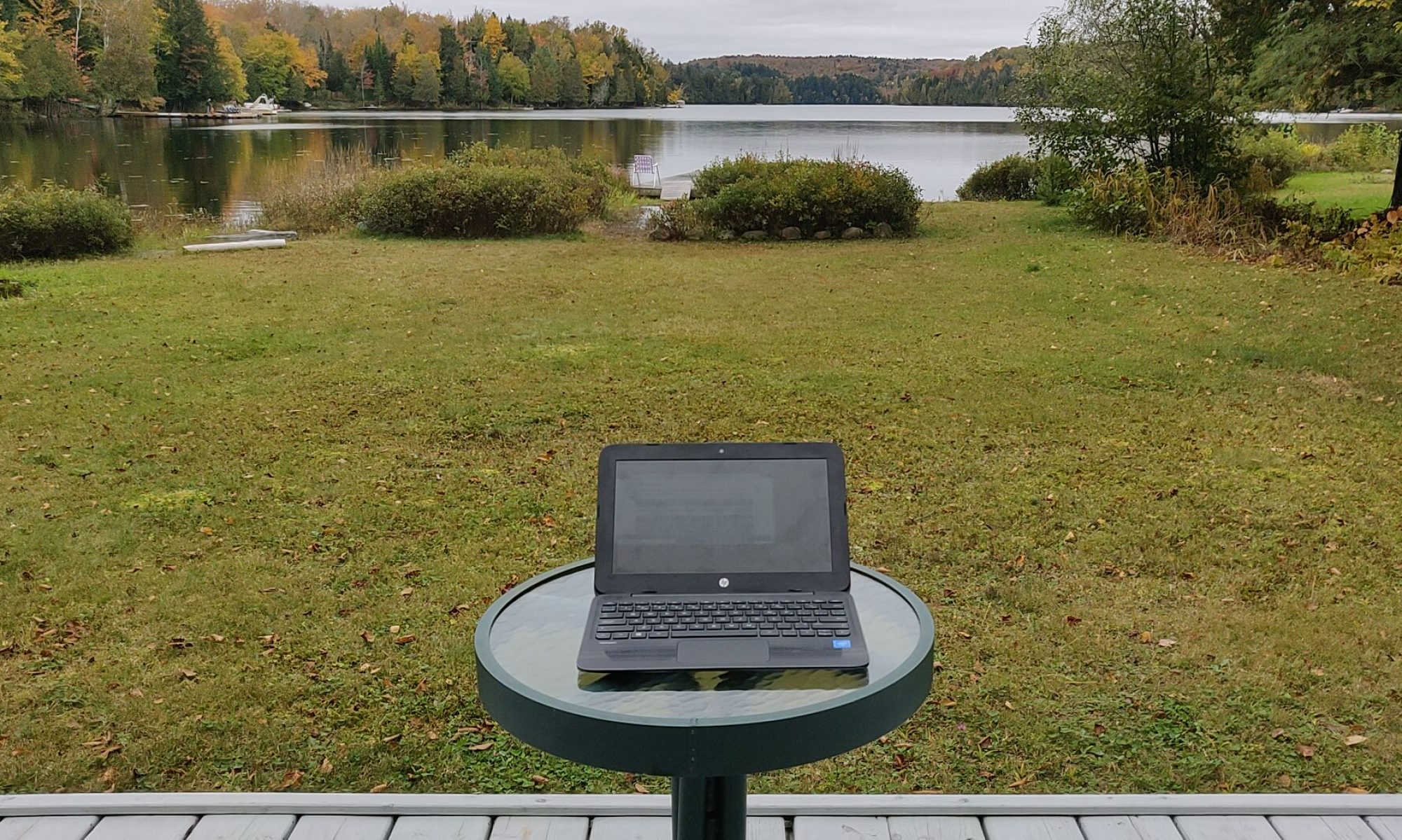Although it is still possible to run a small hobby web server, it has become impractical to run a private email server. The challenges of dealing with spam and viruses go back to the beginning of the web hosting industry, in the late 1990s. During that era and until recently, a person or small team with minimal resources were able to deploy a web and email server with a combination of anti-spam and anti-virus countermeasures, using the same tools available to larger companies. That is no longer the case due to collateral damage from the spam wars.
Since the late 1990s, anyone with a Windows-compatible computer could reformat that computer with Linux, an operating system similar to UNIX. A person or small team could host web sites and email accounts with DNS, web, database, and email hosting on a single computer (hopefully with a second server as a backup).
Reputation management and blacklisting services minimize spam arriving in inboxes, but can also result in mistaken blacklisting or collateral damage such as innocent firms hosted by a provider that has one bad client using their infrastructure and causing a block for all. Until recently, this could be managed. However, since about 2016 the email threat environment has escalated even further.
This new email threat environment has resulted in increased resource use to process inbound mail (the majority of which is spam and some with viruses). Worse still, it has become almost impossible to ensure that one’s email will be likely accepted by the remote party. Even following all protocols, smaller email providers are no longer equals with larger ones.
The blocking of email from small servers is not due to any commercial conspiracy, it is simply that some activities require scale, and email has become one of those activities. It may be that the bad actors still exist, and are now hosted on the big providers, but no one will blacklist Gmail or Hotmail, no one will blacklist a company’s mail if it is hosted on one of those systems. There may be 10 or 20 hosting companies of scale that can be described as being in this category.
Of course, there are still thousands of hobby servers exchanging email, and small 1-10 person hosting operations still offering email services to small companies. There are people who have found a successful recipe, for now, to stay on the air. For now. Good luck to them.
To newcomers considering the vocation: try for the challenge and the knowledge, build your own email server for fun, but do not try to host email for anything remotely important, like a paying customer.
Some will say, sure, but a big company can host its own email. To which I would say they can, but they shouldn’t. We have seen telcos and even governments outsource their email. They saw this coming, and got out of the business. So should we all. Gmail for Business is good. Microsoft 365 is good. Others might be good.
Not all is lost. For the web, we are still in a golden age. Linux servers big and small, some virtual, allow people and companies to have unprecedented degrees of control over the most minute aspects of their web computing. An old laptop can become a Linux web server. A virtual server can be deployed for US$6/month. Those willing to work and learn can still have a web server that is the equal of any other web server.
